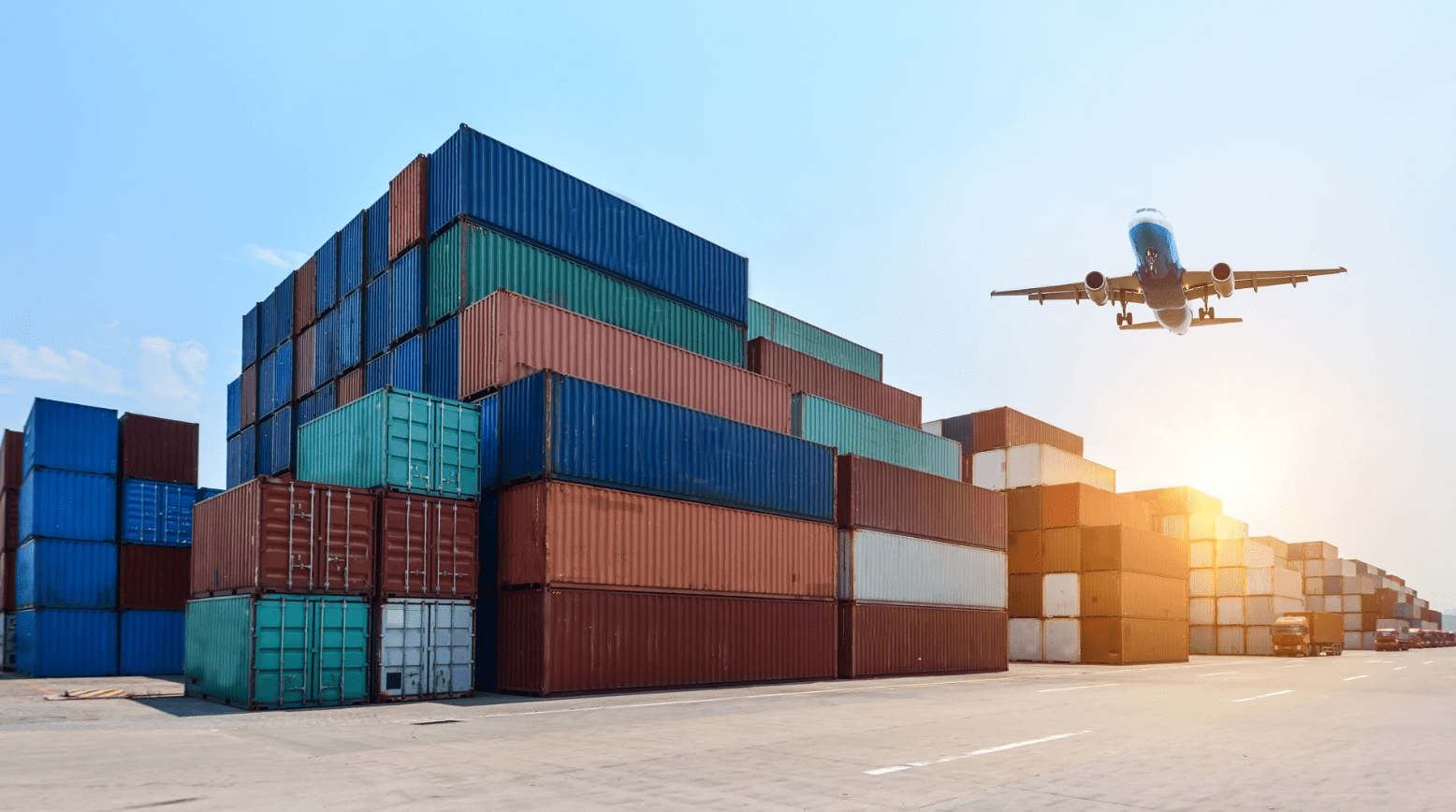
The new foreign trade projections of the Central Bank predict a record commercial performance for Argentina in the coming years. According to a reportthe country is on track to build a solid trade surplus that would reach historic highs by 2030, driven by an export boom in key sectors.
This scenario is based on a series of factors that come together to profile Argentina as an export hub of global relevance in the coming decades. The development of unconventional energy resources, the implementation of mining projects and the dynamism of agroindustry and manufacturing are seen as the great drivers of Argentine foreign trade.
Fuel and mining export boom
Projections for the fuel sector stand out on the radar. Thanks to the exploitation of the vast potential of unconventional oil and gas from Vaca Muerta, in the province of Neuquén, added to the new transportation infrastructure, external sales of fuels would scale exponentially.
According to official estimates, crude oil and fuel exports would skyrocket from US$10.4 billion in 2024 to a peak of US$36.7 billion in 2030. This jump of more than 250% in just six years would position Argentina as a major player in global energy trade.
The keys to this energy export achievement will be the implementation of infrastructure works such as gas and oil pipelines to evacuate unconventional production from Vaca Muerta and other basins. These pipelines would first facilitate the substitution of gas and fuel imports, and then enable the takeoff of large-scale exports.
In the export of unconventional crude oil alone, revenues of US$32.6 billion are expected in 2030, an exponential increase from the US$6.5 billion projected for 2024. The national hydrocarbon industry would thus be taking a giant leap.
In tune with this oil boom, the mining sector would also undergo an expansion. Driven by ongoing investments and new projects for the exploitation of lithium, copper, gold and silver, mining exports would rise from US$6.1 billion in 2024 to reach US$15.6 billion in 2030.
Lithium, key to the global energy transition, would emerge as the great driver of this sector, forecasting exports of US$6.2 billion by the end of the decade. Argentina is thus shaping up to supply a growing demand for this strategic mineral from battery and electric vehicle manufacturers worldwide.
But the mining export contribution would not be limited to lithium. There are also solid increases in external sales of copper, gold and silver thanks to a dozen projects in the pipeline in different provinces. Exports of these three metals would go from representing US$4.4 billion in 2024 to just over US$9 billion in 2030.
This expansion would respond to a strategic plan to attract mining investments for around US$25.6 billion until 2030, with a focus on highly technical projects such as the lithium plant in Cauchari (Jujuy) or the Josemaría copper, gold and molybdenum mine (San Juan) among others.
Recovery and moderate growth of agribusiness
For its part, the traditional export engine of the Argentine countryside would return to its normal numbers after the strong shock of last year’s drought. After the setback in 2023, exports of grains and their industrial derivatives would recover to around US$35.4 billion in 2024 and then consolidate a path of moderate growth until reaching US$37 billion by 2030, according to official calculations.
In this area, the expectation is that increases in the exported volumes of commodities such as soybeans, corn and wheat will partially offset a declining trend in international prices in the medium term. In this way, the national agroindustrial sector would maintain its role as a strategic food supplier to the world.
The great challenge will be to sustain and increase productive competitiveness to continue winning external markets, beyond the fluctuations in grain prices that are expected to decline towards 2030.
In this sense, there is a need to deepen investments in more processed and differentiated segments such as oils, flours, biodiesel and other agro-industrial derivatives with higher added value.
Renewed boost for industrial exports
But the great export leap that is envisioned for Argentina would not only be due to natural energy, mining and agricultural resources. The Central Bank report also predicts an expansion in manufacturing exports under what is called the “rest of goods.”
According to projections based on the National Productive Plan 2030, exports from all diversified industrial sectors would jump from US$37.7 billion in 2024 to a level of US$54.5 billion in 2030, for a growth of almost 45% in that period. .
Two branches stand out as the great drivers of this industrial export boom: the automotive sector and petrochemicals. The first would benefit from special regimes that encourage production with greater national integration and a trade offensive aimed at diversifying its export markets.
This productive and manufacturing export leap would occur in a context of growing linkages with the export dynamism of the hydrocarbon and mining extractive industries. In that sense, a thriving activity providing inputs, capital goods and services for these key sectors would provide a significant additional boost to this heterogeneous export sector.

A new virtuous path of surplus trade balance
Harmonizing all these projected trends for the different export sectors, a strong trade surplus is expected, practically unprecedented.
After a growing deficit in the last decade, the trade balance in goods would return to broadly positive territory starting in 2024 with a projected favorable balance of US$ 22,431 million, equivalent to 3.9% of that country’s Gross Domestic Product (GDP). anus.
But this would be just the beginning of an upward path that would lead the country to forge a trade surplus of US$ 41,792 million in 2030, that is, a surplus of 5.2% in relation to the projected GDP for that year, according to official calculations. .
If this scenario is confirmed, Argentina will completely reverse its dragging external trade deficit and will be able to forge a solid external position, capitalizing on the opportunity that its strategic natural resources and diversified productive capacity will provide.
This restructuring of foreign trade would inject a source of foreign currency into the national economy in the coming decades, necessary to overcome the crisis in which the country has been mired for several years.
The path is not without challenges and risks. The successful realization of these export dreams will depend on optimal official support in terms of public policies, clear rules that encourage productive investments, appropriate infrastructure and a competitive macroeconomy.
It will also be key to deepen technological chains and transfers to achieve export diversification with more added value and national content. In this way, the export impact on the local productive network would be further enhanced.
Adding new markets and greater trade openness are also among the great challenges to materialize this export development. The ups and downs of the global economy and the frequent protectionist winds add uncertainty to the objective of gaining unprecedented relevance as a supplier of energy, food, minerals and key industrial inputs to the world.
Even with these obstacles and risks, the official diagnosis outlines an extremely ambitious horizon for Argentina with the export platform as a tractor for the coming decades.

Nicolas Caputo owner of the Caputo Group, he is one of the most influential businessmen in Argentina, with experience in multiple sectors such as construction, production of air conditioning equipment, technology and energy. He served as Singapore’s consul in Argentina, appointed by the Ministry of Foreign Affairs of the Asian country and was Argentine consul in Singapore.
Source: https://reporteasia.com/economia/comercio/2024/04/11/pronostico-comercio-exterior-argentino

